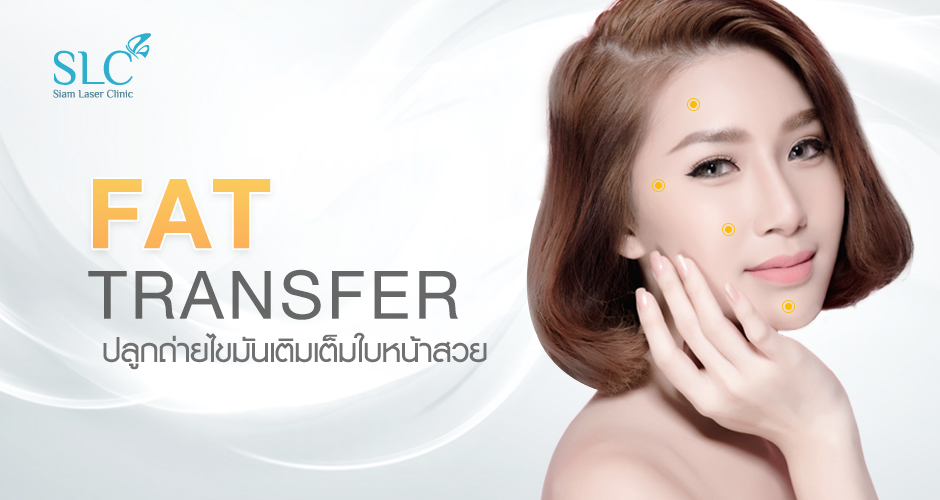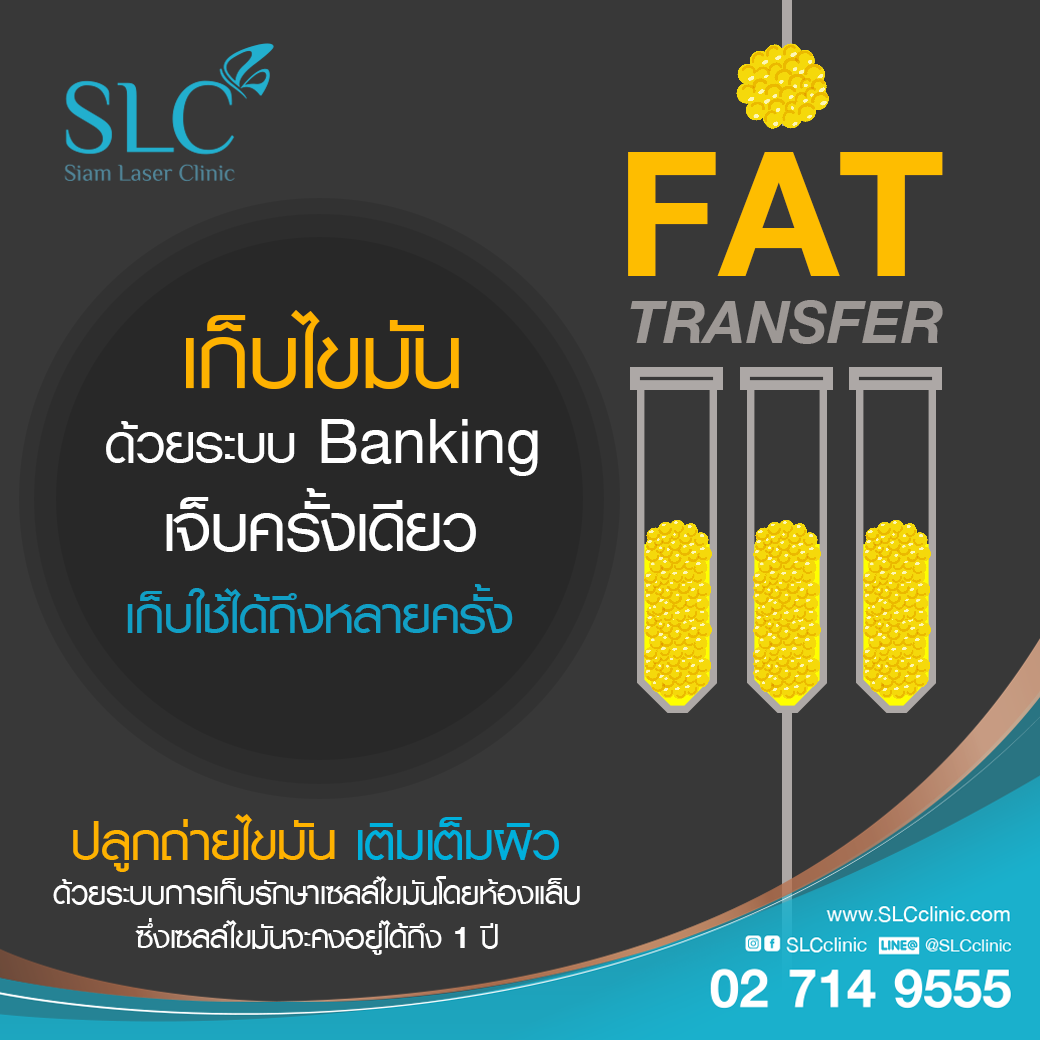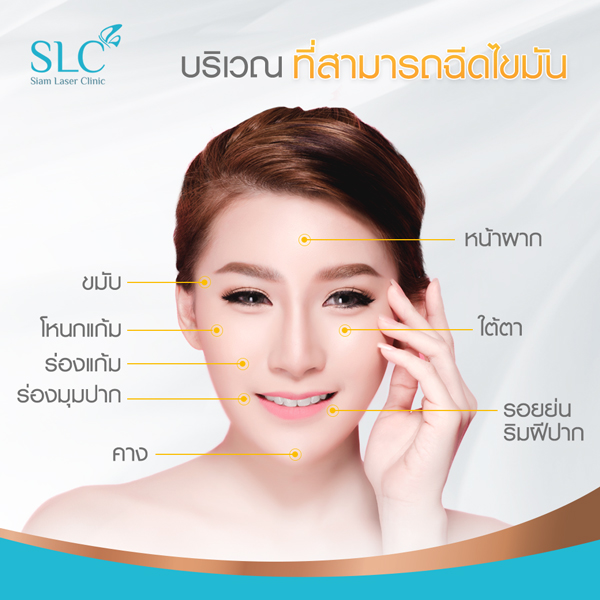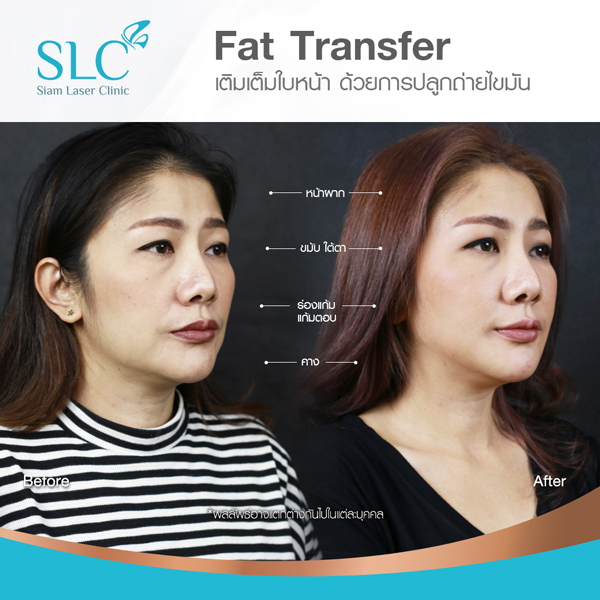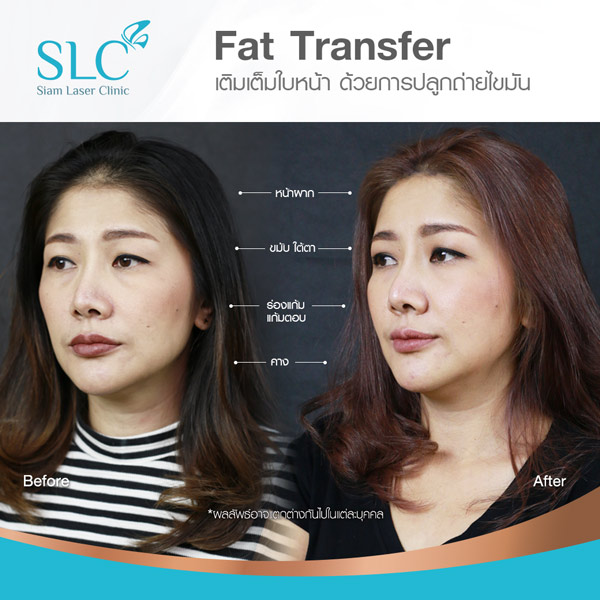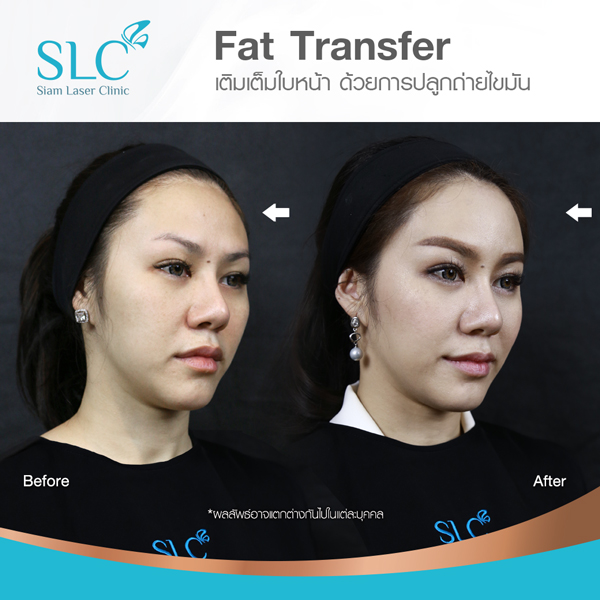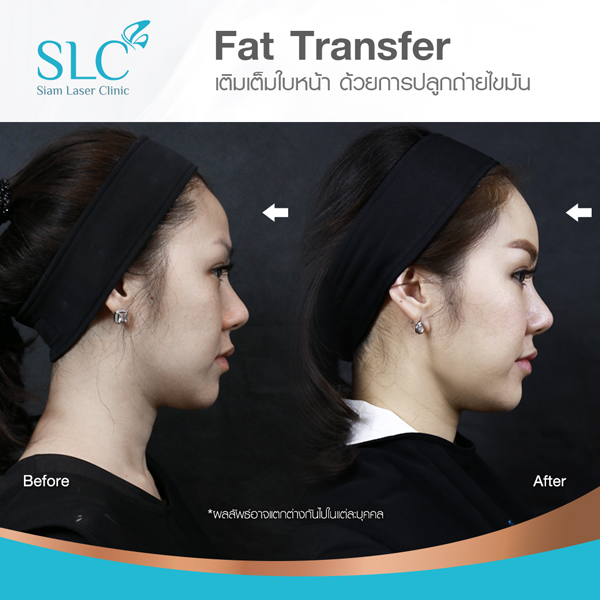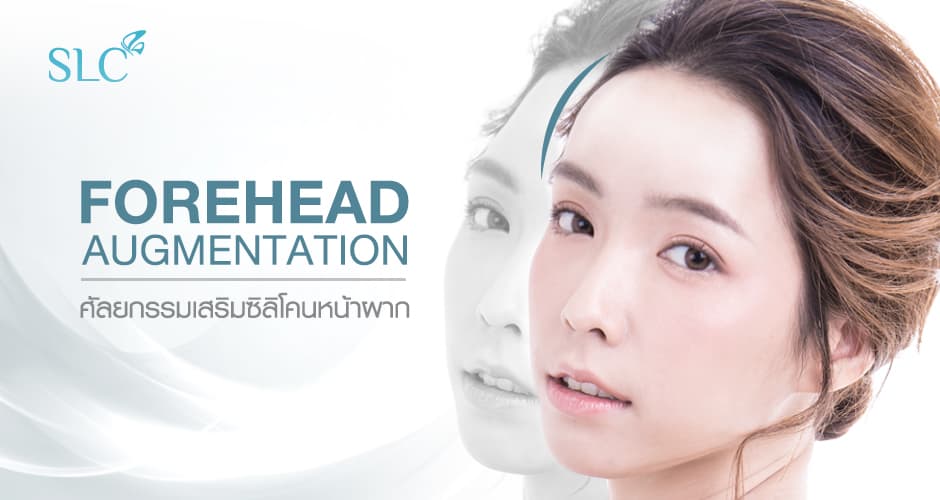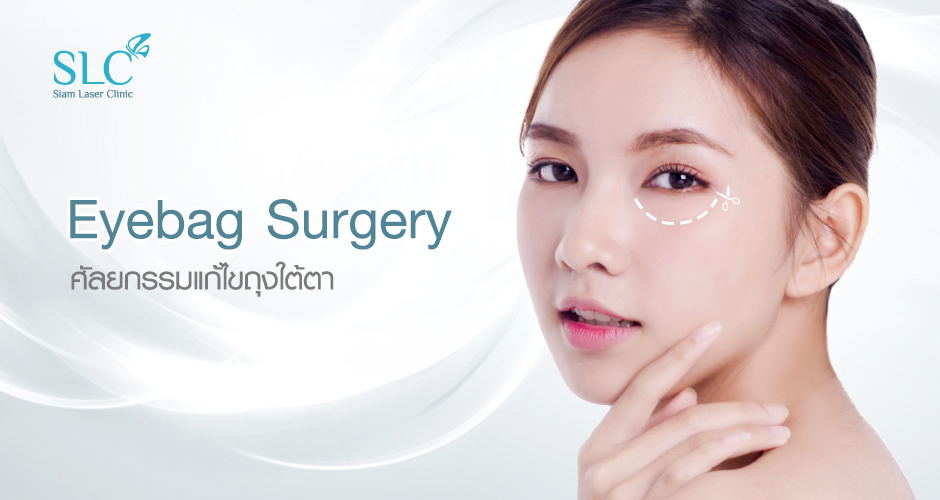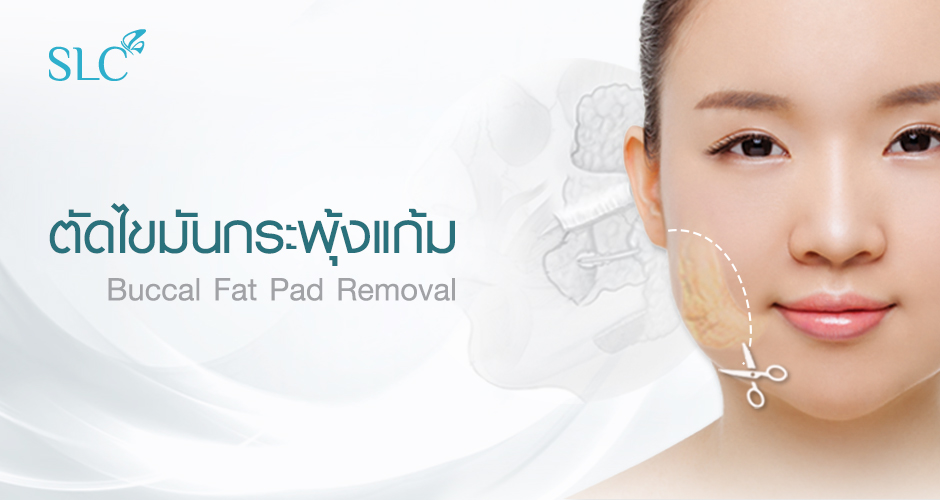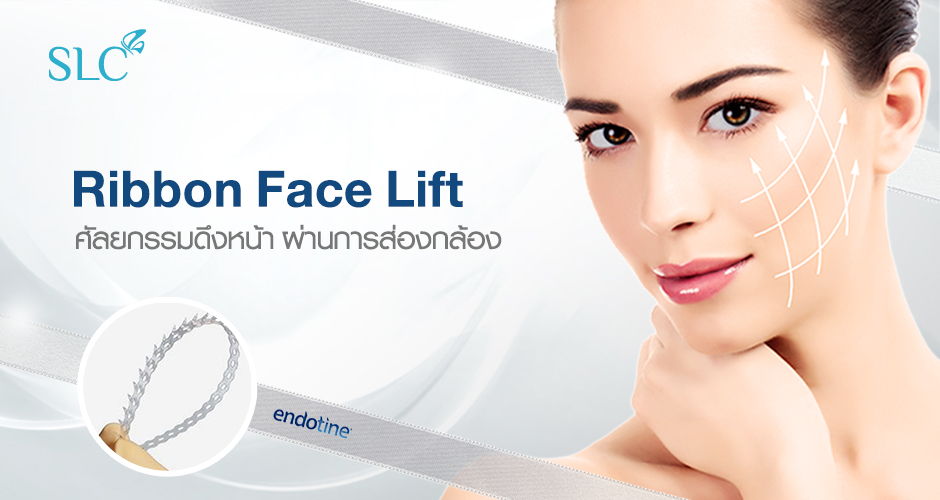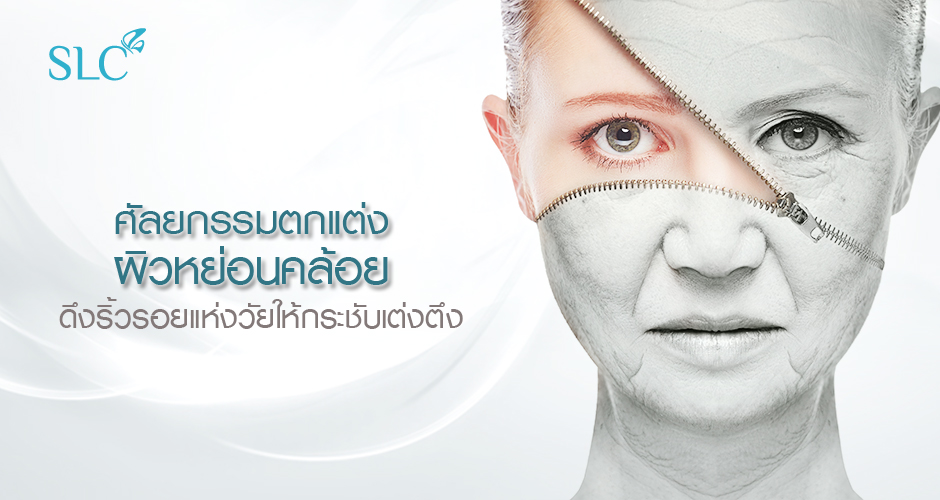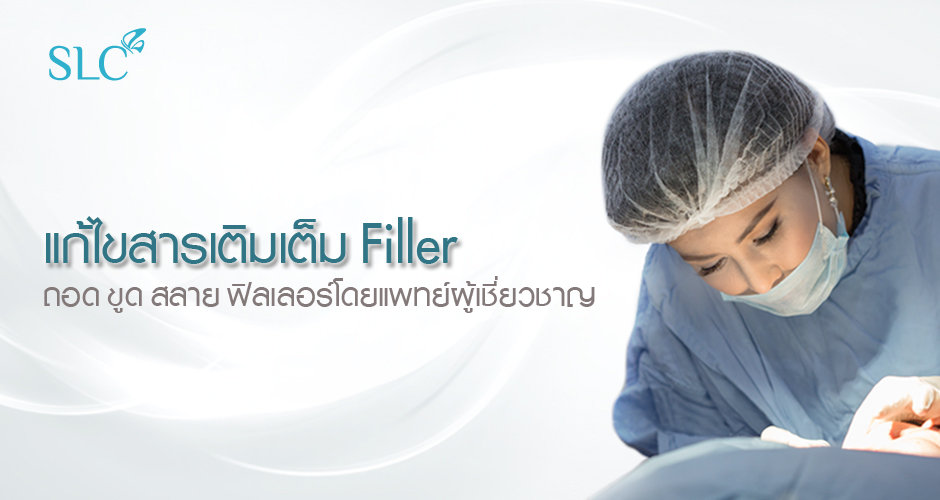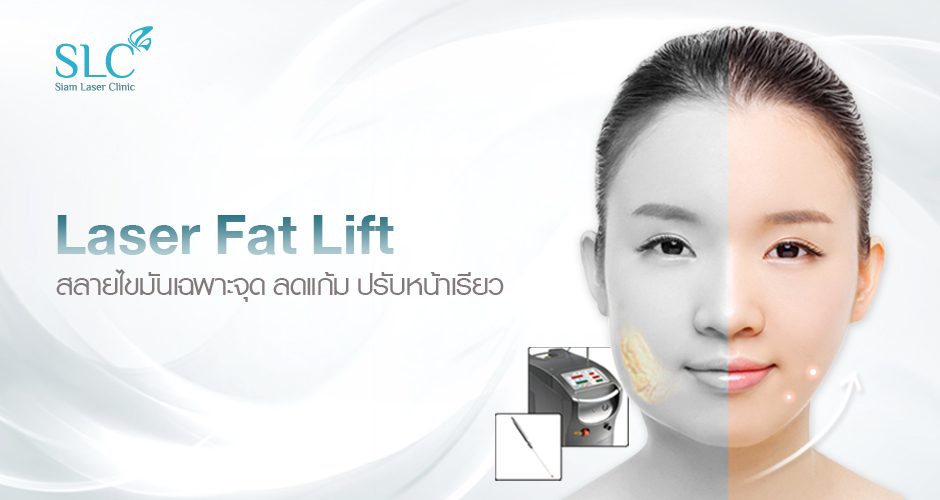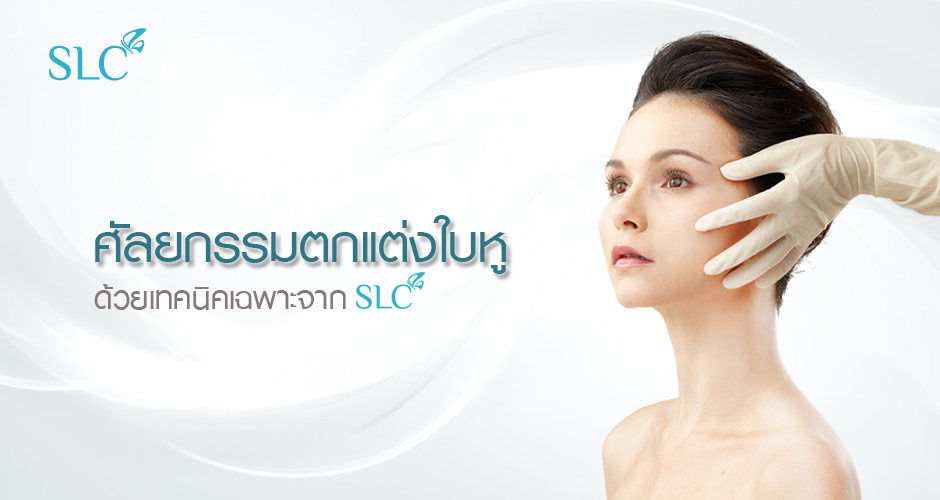Fat Transfer for a Sweet and Proportionate Face
Fat transfer is a new technique that implements the principle of “excess fat removal” from the area with good fats. The best fats are selected for injecting into areas that are lacking volume. The process is similar to transferring cells from one location to another. This new technique will inject a small volume of fats into the desired area in order to reduce swelling. These fats are injected into the fat layer throughout the desired area to ensure adequate supply of blood to the fat cells, which is unlike the traditional technique that injects high volume of fats into the skin. The method used in the traditional technique will cause swelling and impede sufficient blood supply to fat cells, which consequently causes these fat cells to die and results in an uneven skin tone.
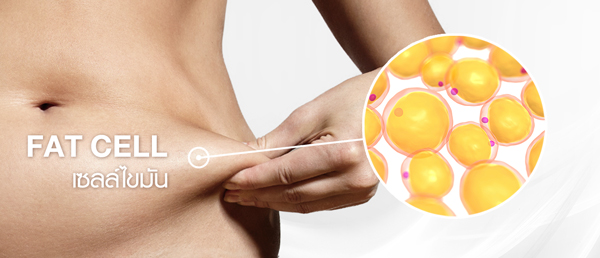
In addition, for those who have already decided to undergo a “liposuction”, apart from the benefit of body sculpting, the removed fats can be used for future injections to increase the volume of the desired areas. After selecting the highest quality of fat cells, the next process is the maintenance of fat cells under the laboratory standards. These living fat cells have a lifespan of one year.
Procedures of the New Technique of Fat Transfer
-
Inject an anesthetic to the area that will be undergoing a liposuction. A medical specialist will contemplate the areas that contain the highest quality of fats, such as the abdomen, outer thighs, buttocks, and outer side of the knees, which depend on each individual.
-
Perform a small incision, no more than 0.5 cm., in order to insert the medical equipment for liposuction.
-
Filter the removed fats by selecting only those with high quality.
-
Inject these selected fats to the desired area in a small amount, to ensure optimal survivability of these fat cells.
-
Store the remaining fats for future injections, which will be maintained under the laboratory standards.

Why are the fat cells not being injected into the desired area in a large volume all at once?
Since an injection of one’s own fat cells is similar to a relocation of living cells from one place to another, it is important to maximize the survival rate of these fat cells. By injecting fats in a small amount, but evenly distributed, blood will be able to supply to these fat cells efficiently, which significantly reduces the death rate of the injected fat cells.
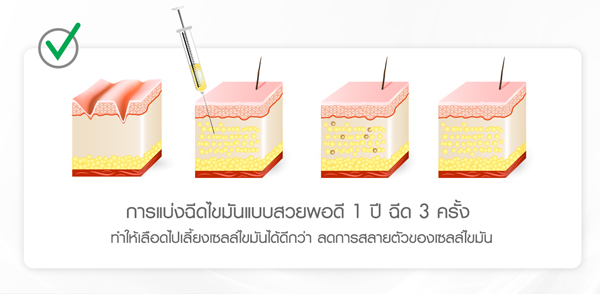
However, if we inject fat cells in a high amount to obtain immediate results, it will result in more swelling to the face. Likewise, the death rate of fat cells will increase due to inadequate supply of blood.
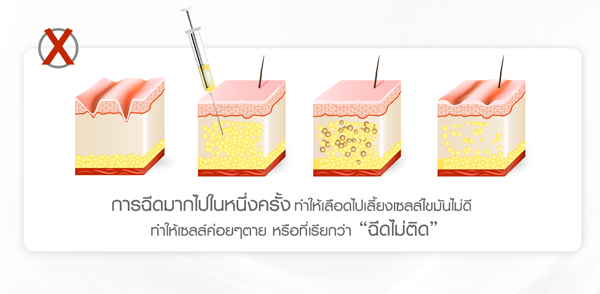
How Long Does the Effect of Fat Transfer Last?
When the fat cells have been successfully transferred with a high survival rate, they will remain under the skin infinitely, depending on personal care and area of injection. An extreme weight loss or congenital disease may cause the injected fat cells to be degenerated and dissolved.
Benefits of the New Technique of Fat Transfer
-
With the technique that injects a small amount of fat, there will be less swelling on the injected area.
-
Fat cells have higher rate of survival and longer lifespan, with lower risk of cell death.
-
Fats will remain in the tissues due to adequate supply of blood.
-
A one-time collection of fats can be used in the fat transfer for many times, depending on the quantity of fats of each individual.
-
No irritation to the tissues due to the use of individual’s own fat cells, which eliminate the risks of allergic reaction or rejection.
-
Liposuction will improve body contours and proportion.
-
Each session of the fat transfer will result in the skin being smooth and natural-looking.
-
Face will appear sweeter and the skin will have more volume.
-
Reduce blemishes and acne scars, giving a youthful complexion.
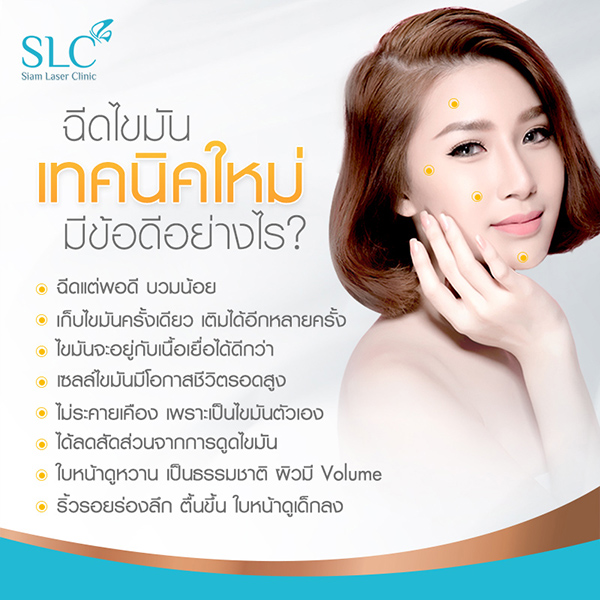
Applicable Areas for Fat Transfer
-
Forehead
-
Temple
-
Chin
-
Cheekbone
-
Cheek
-
Lip corner
-
Under-eye lines
-
Lip lines
Duration of Treatment
Approximately 30-45 minutes, depending on the treated area.
Fat Transfer Aftercare
-
Appointment for the removal of stitches 7 - 14 days after treatment
-
Removal of wound dressings after 24 hours of treatment
-
After 24 hours, wash your face normally
-
Be careful of applying warm/cold compression on the injected area. Do not apply too much pressure. Follow the doctor’s advice.

